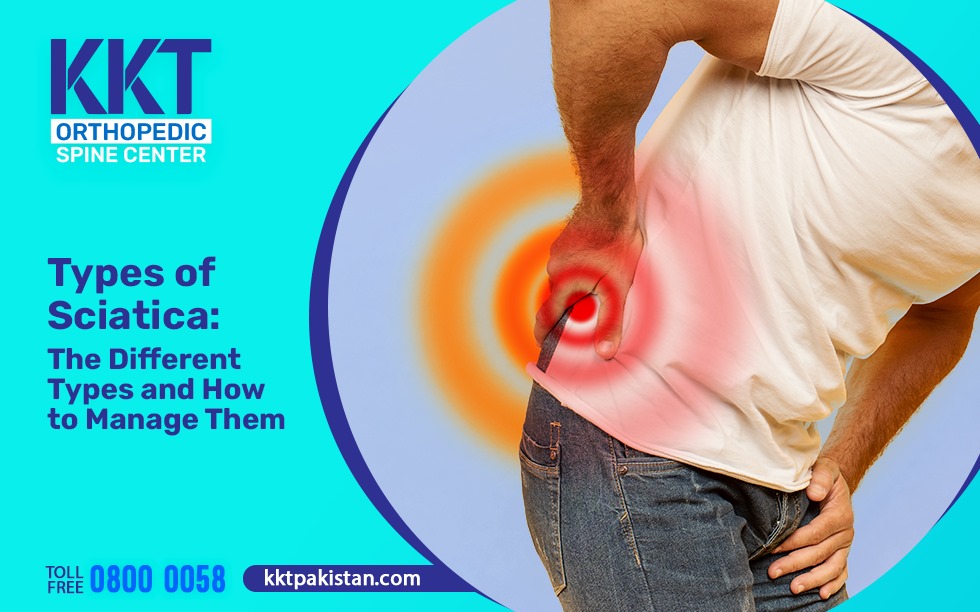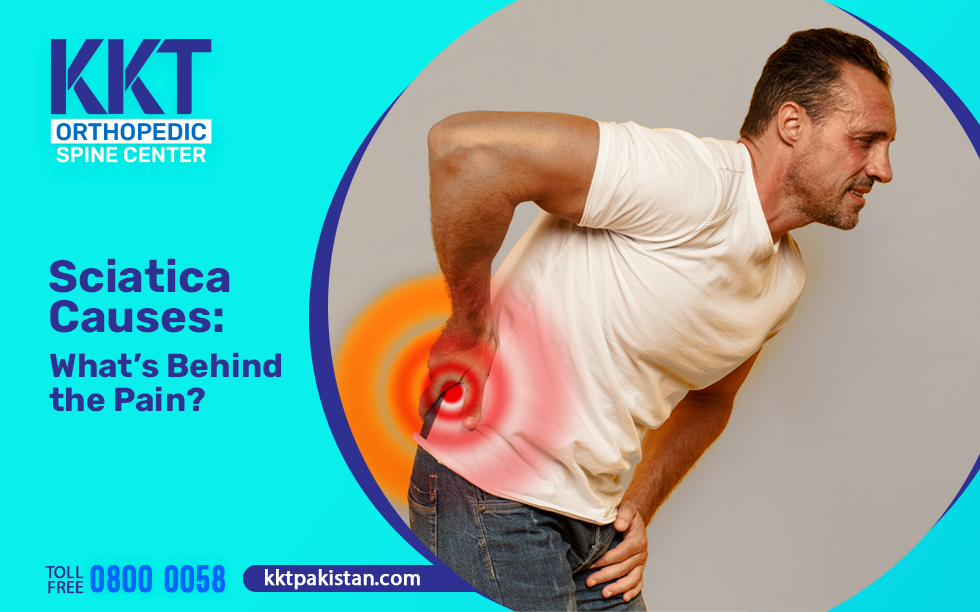Lumbar Treatment for Spinal Stenosis: Severity, and Lifestyle Tips
Table of Contents
What is Lumbar Spinal Stenosis?
Early lumbar treatment and lifestyle adjustments can help reduce pain and maintain mobility in affected adults. Spinal stenosis is a degenerative condition. It constricts the spinal canal, narrowing it. This exerts pressure on nerves sitting in the spinal canal.
This condition affects the cervical and lumbar regions. In the lumbar area, early lumbar treatment focuses on relieving pain and improving mobility. It stems from degenerative conditions, which are common among adults over 60. Moreover, its classic symptoms include pain, numbness, limb weakness, and spinal imbalances.
How Serious Is Lumbar Spinal Stenosis?
The severity of lumbar spinal stenosis exists on a spectrum. Appropriate lumbar treatment can prevent complications and help maintain quality of life. For many, it’s a manageable condition, and for some, this might result in chronic pain and stiffness, which can disrupt their life. However, it becomes a serious health concern if it compresses the nerves severely.
- Weakness in the lower limbs
- Loss of bladder or bowel control
- Difficulty walking
If not addressed promptly, it may threaten independence. It is also worth noting that pain does not always indicate nerve damage. Pain can be influenced by poor sleep, stress, and emotional factors.
Can Lumbar Spinal Stenosis Lead to Paralysis?
Following a structured lumbar treatment plan, including low-impact exercises and physical therapy, helps maintain regular activity. Severe and untreated lumbar spinal stenosis can lead to paralysis. But it happens rarely, only if chronic nerve compression causes irreversible damage.
Long-term nerve compression can damage nerves and surrounding tissues. Over time, this can cause your legs to feel weak or numb. Making everyday movements more difficult. Most people won’t develop serious problems, such as paralysis. But ignoring the condition can be risky. With proper treatment, the nerves can be protected.
Can People Live a Normal Life with Spinal Stenosis?
Most people with spinal stenosis can still live an active, everyday life. Although it is a long-term condition, it can be effectively managed. The most important thing is to follow a treatment plan that fits your needs.
- Physical therapy strengthens muscles, improves stability, and reduces pressure on nerves.
- Low-impact exercises keep your body active without placing excessive strain on your spine.
- Being mindful of posture and positioning can reduce extra pressure on the spine.
Incorporating the proper habits can help manage pain, maintain mobility, and continue enjoying your normal activities.
Can You Stop Spinal Stenosis from Progressing?
Spinal stenosis cannot be completely reversed. However, the good news is that you can slow it down or even stop it from getting worse. The best way to do this is by taking care of your spine daily.
- Lifestyle adjustments: Staying active and engaging in regular physical activities can help lumbar treatment strategies work more effectively.
- Nutritional diet plan: A Balanced diet rich in essential nutrients can maintain spine health.
- Diagnosis and following the lumbar treatment plan can help from worsening of this condition.
By making these healthy choices, you can protect your spine and continue living an active, comfortable life.
What is the Best Treatment for Lumbar Spinal Stenosis?
The best lumbar treatment for spinal stenosis varies depending on the severity and individual needs.. Doctors recommend a treatment plan based on the severity of the condition and its impact on daily life.
For most cases, a conservative approach works best. This includes medications, injections, and physical therapy. Medications help reduce pain, injections relieve nerve pressure, and physical therapy strengthens muscles.
However, while deciding between these treatment options, the following factors must be considered:
- Effectiveness of conservative treatment
- Degree of nerve compression observed
- Presence of progressive weakness
Moreover, surgery could be an option to treat lumbar stenosis only if all the conservative treatment fails to provide relief. Many patients report improvement with conservative approaches.
KKT Treatment to Relieve Lumbar Spinal Stenosis
KKT Orthopedic Spine Center offers Canadian-based treatments. This approach utilizes sound waves applied at specific frequencies to relieve compressed nerves and promote natural alignment. Health Canada, the FDA, and other health authorities have approved this treatment. Many people with spinal stenosis report improvement after undergoing this treatment.
This modern technology-based treatment is non-invasive and non-surgical. Most people opt for this treatment due to its effective results and pain-free process.
To learn more about lumbar spinal stenosis and its non-invasive treatment options, visit our experts at one of our centers, schedule an appointment, or call 0800-00-558.
What is the Best Pain Relief for Severe Spinal Stenosis?
There is no single best approach to treat spinal stenosis. Conservative lumbar treatment methods, such as medications, physical therapy, and non-invasive approaches like KKT treatment, are often recommended.
However, there are more surgical interventions that can provide relief. Such as anti-inflammatories or nerve pain blockers, targeted epidural steroid injections to reduce inflammation around nerves directly, and specialized physical therapy.
Many patients also find relief through alternative therapies such as KKT treatment, acupuncture or chiropractic care, though these should be discussed with your doctor.
You should seek immediate professional help if you experience:
- Pain that becomes severe and unmanageable with medication
- New or worsening numbness or weakness in your legs
- Any loss of bladder or bowel control, which is a medical emergency
A pain management specialist or spine doctor can create a personalized plan to control your pain and improve your quality of life.
What Foods Should I Avoid with Spinal Stenosis?
Spinal stenosis cannot be treated solely by adjusting diet, but its progression can be slowed down by making healthy choices. Carbs, processed foods, and sugary foods can cause inflammation in the body. Canned food, such as chips, frozen meals, sodas, and pastries, can trigger inflammatory responses in the body.
To reduce this inflammation, shift diet towards lean proteins, omega-3 fatty acids, and iron-rich vegetables. Such as fish, salmon, green vegetables, and nuts for essential nutrients.
Conclusion
Lumbar spinal stenosis is a gradual narrowing of the spinal canal. Symptoms of spinal stenosis include pain in the lower limbs, difficulty in walking, and loss of bowel control. In chronic and untreated cases, this can lead to paralysis, but this is rare.
Most people can live an active and everyday life with spinal stenosis by incorporating low-impact exercises into their routine and being mindful of posture and positioning. We can even slow down the process of spinal stenosis. However, this cannot be reversed entirely.
There is no single best approach to treat spinal stenosis. But conservative methods of treatment are preferable, such as medications and epidural injections. For noninvasive approaches, KKT treatment is also among the best options according to recent research.
We cannot treat this condition solely with diet, but a healthy diet can provide the body with essential nutrients. Some dos and don’ts involve avoiding carbs, processed foods, and sugary foods.
Frequently Asked Questions (FAQs):
Is lumbar spinal stenosis a common condition?
Lumbar stenosis is common in adults over 60. It’s a leading cause of back and leg pain in older adults.
How can I tell if my lumbar spinal stenosis is getting worse?
Watch for increased pain, numbness, or weakness in your legs or feet, a decrease in your walking distance, and any new difficulties with balance or bladder/bowel control. The latter is a medical emergency.
Can lumbar spinal stenosis cause permanent nerve damage?
Yes, if severe nerve compression is left untreated for a long time, it can lead to permanent damage, resulting in lasting numbness, weakness, or paralysis.
What are the non-surgical treatment options available?
Key non-surgical options for lumbar treatment include:
- Physical Therapy: To strengthen core and leg muscles.
- Medications: Anti-inflammatories or nerve pain drugs.
- Epidural Steroid Injections: To reduce inflammation around nerves.
- Lifestyle Modifications: Weight loss and low-impact exercise.
When is surgery recommended for lumbar spinal stenosis?
Surgery is considered when conservative lumbar treatment fails to relieve symptoms. Surgery is one of the options when:
- Non-surgical treatments fail to provide relief.
- Symptoms significantly impair your quality of life.
- There is progressive nerve damage, causing weakness or loss of function.
What types of pain relief are effective for severe spinal stenosis?
For severe pain, a multi-approach is best:
- Surgical Decompression
- Prescription Medications
- Epidural injections
- Specialized Sound Wave Therapy
Is it Lumber or Lumbar treatment?
The correct medical term is lumbar treatment. Lumbar means lower back. People often confuse its spellings with lumber.






